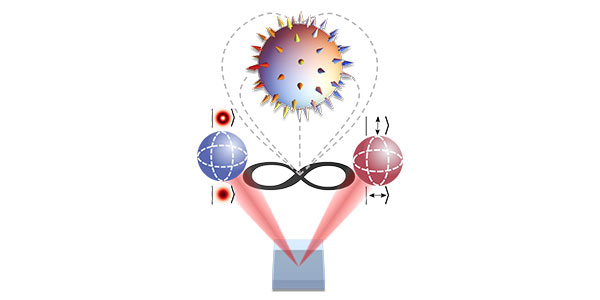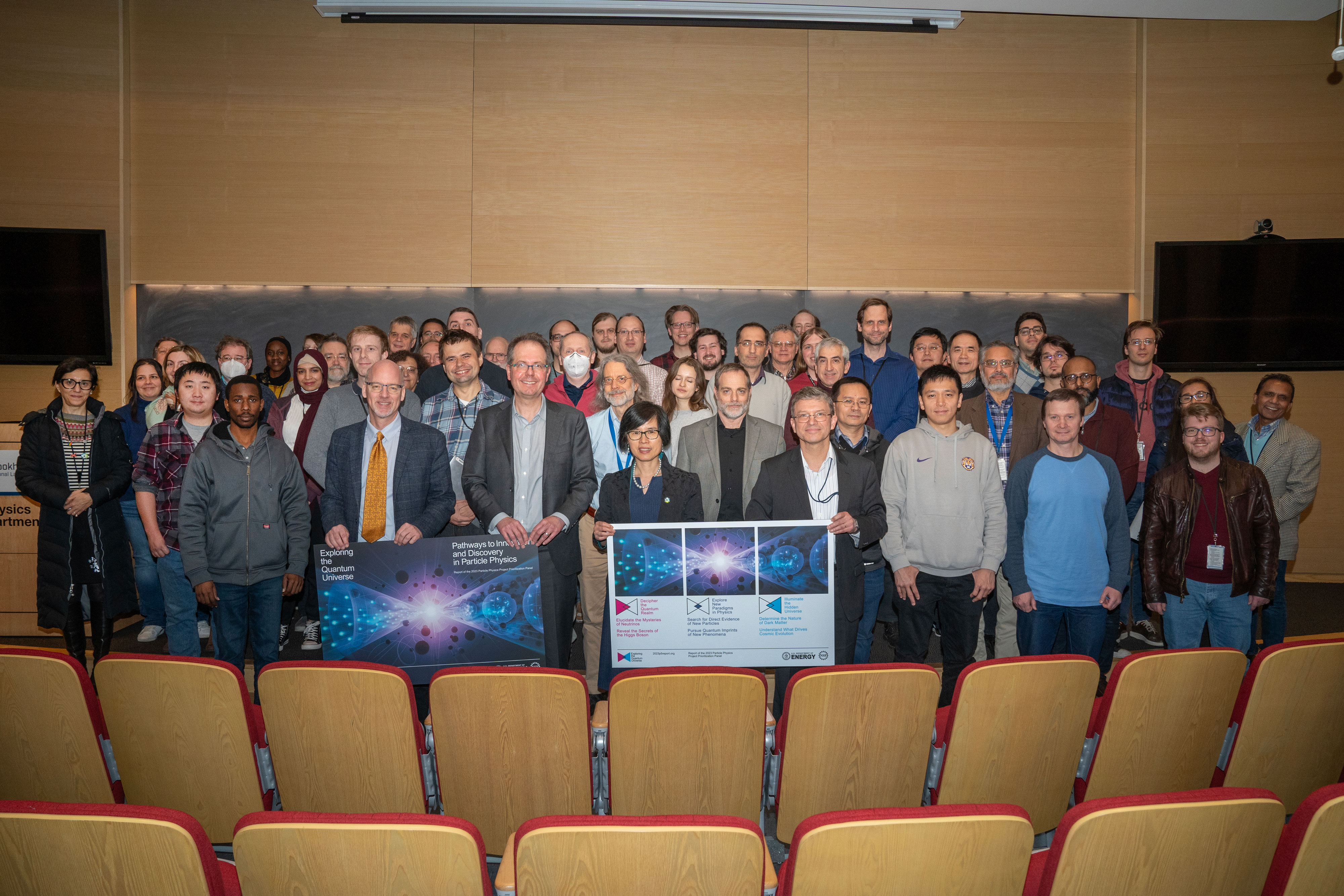Scientists Locate the Missing Mass Inside the Proton
Department of Energy, Office of ScienceA proton’s core consists of three valence quarks, but they contribute only a small fraction of the proton's mass. Most of the mass emerges from intricate quark dynamics and is primarily governed by the strong force mediated by gluons.

















